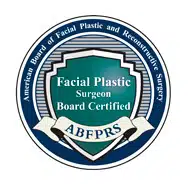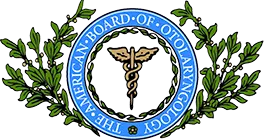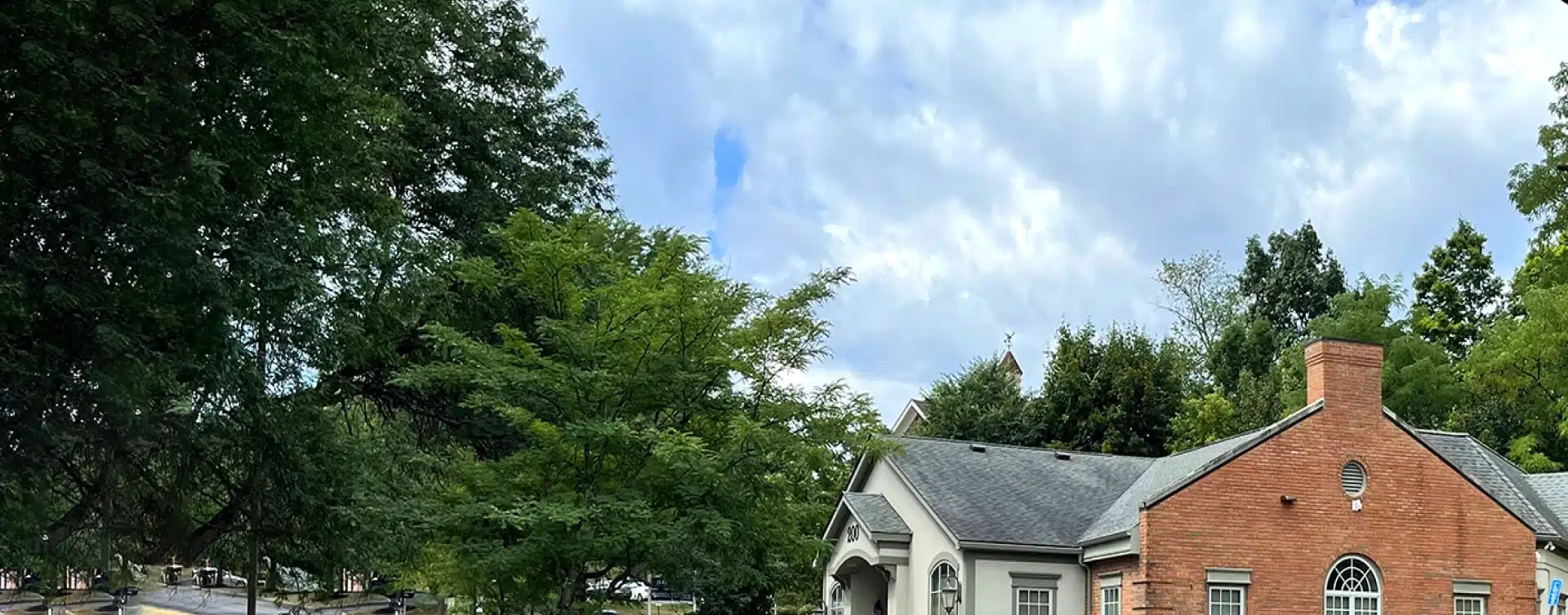Reap the Hair Restoration Benefits
Hair loss, a concern that spans genders and ages, has solutions that transcend its challenges. In the scenic Hudson Valley, Dr. Rubinstein’s expertise in hair restoration emerges as a beacon of hope, offering individuals a path to renewed confidence and youthful vigor.
Why Undergo Hair Loss Treatment?
Hair loss occurs for several reasons. A person may have a genetic predisposition to thinning hair, also known as male-pattern baldness or female-pattern baldness, depending on their gender. Hair growth on the scalp and body can also be affected by various conditions, such as alopecia areata, which is an autoimmune condition, as well as seborrheic dermatitis or folliculitis, which involve inflammation of the scalp. In certain cases, Dr. Rubinstein may work with other specialists to ensure each concern is addressed.
A change in a person’s hair can cause a look of premature aging and detract from the attractive features of their face. Women often feel that their thinning hair affects their femininity. Hair loss treatments can restore the hair and create a more youthful appearance. Often, people who are losing their hair may choose to cover it with a hat or cut their hair very short because they feel self-conscious about their looks. Oftentimes, through their attempts to conceal hair loss, they inadvertently draw more attention to it. By undergoing custom cosmetic treatments, patients can once again enjoy the hairstyle or haircut of their choice.
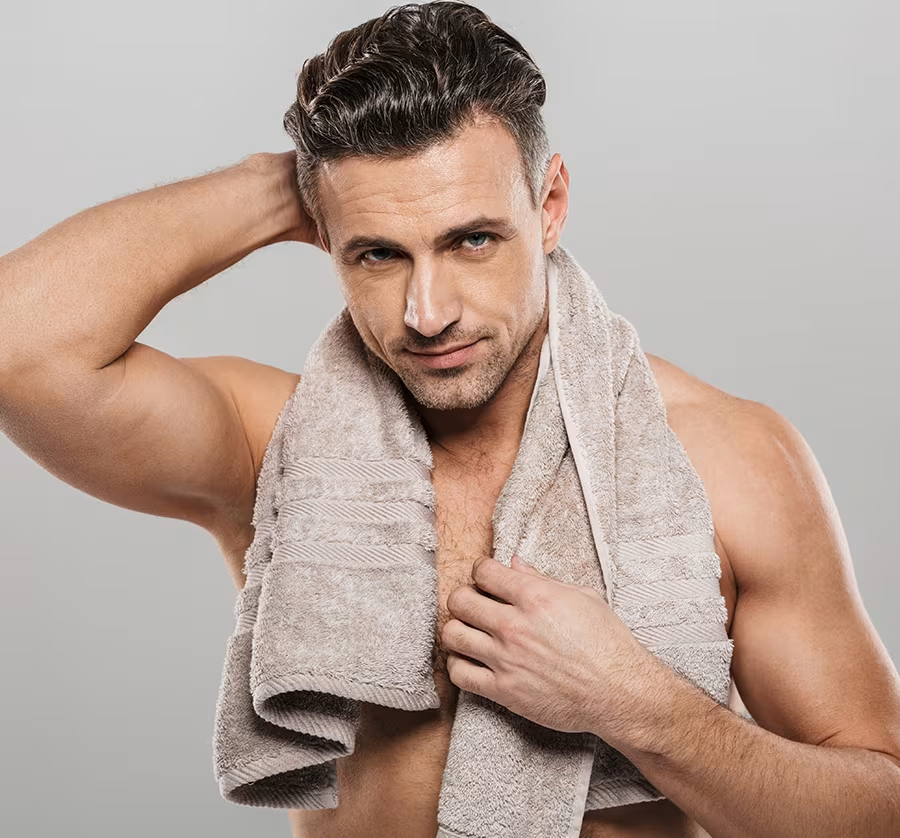
The Value of Hair—Scientifically and Societally
The hair on the head grows longer and in a higher concentration than the hair on the rest of the body. Though there are several theories as to why this is the case, the main health benefits of having more substantial hair on the head are sun protection and thermo-regulation, or temperature control. Because humans walk upright, the head is most susceptible to damage from the sun’s harmful ultraviolet radiation. In addition to creating a natural barrier to the rays, the hair also contains sweat from the head and prevents it from dripping into the eyes, which could serve as a defense mechanism in cases of physical exertion.
Aside from hair being a valuable addition to our anatomy, hair has been a part of human aesthetics since ancient civilizations. Different hairstyles and colors provide nonverbal cues about a person’s status in society, their occupation, and often their age. Hair continues to change with fashion trends and can dramatically improve a person’s looks. While many features on the face and body are permanently in place, hair offers the easiest way to change one’s appearance. People who experience hair loss are unable to showcase the hair they feel best suits their looks.
Start Your Journey to Success, Don’t Wait More!
Schedule a consultation with Dr. Rubinstein
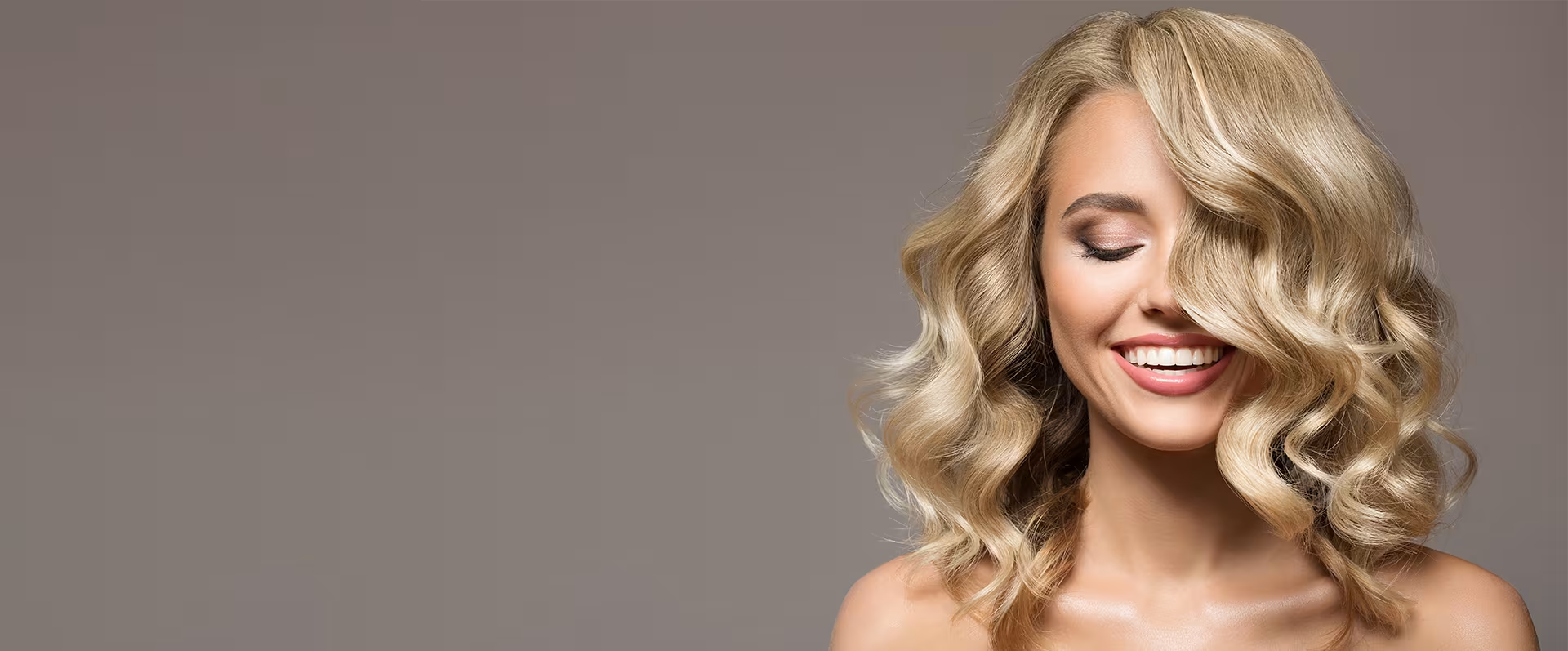
Nonsurgical and Surgical Hair Restoration
Dr. Rubinstein is an expert in head and facial anatomy, and he has been reversing hair loss through cosmetic medicine for many of his patients. The doctor integrates proven clinical methods with the latest technology in the field. He combines his skills in science and his honed artistic techniques to create permanent yet natural hair results. Dr. Rubinstein is one part of a patient care team that may be comprised of other specialists such as dermatologists, immunologists, and primary care doctors. He may request the patient’s medical information from these doctors to better understand the cause of their hair loss.
Laser Light Therapy for Hair Loss
Cosmetic lasers provide an excellent option for treatments that can affect cellular growth below the skin without seriously impacting the upper layers of the epidermis. During nonsurgical laser light therapy for hair restoration, the patient is fitted with a programmable cap-like device or hair helmet, that emits low-level wavelengths (abbreviated as LLLT for low-level laser light therapy) to encourage hair growth. In a process called “photobiostimulation,” the rays are thought to improve hair growth at the cellular level. Medical experts believe that increased blood circulation in the area can improve hair growth in follicles that are not performing at optimal levels, though this process cannot revive dead follicles.
Laser therapy can be performed as the sole treatment for hair regrowth, or it can be performed following a hair transplant procedure to improve final results. This treatment will improve existing growth, curb future hair loss, and produce healthier hair from each follicle.
Discovered in the late 1960s, this option remains available in select practices, with some versions available for home use. Treatment time and duration of a hair laser treatment may vary among patients, but fifteen-minute sessions performed a few times a week for two to three months are often required to see results.
*finasteride may be prescribed to male patients only
PRP Treatments for Hair Loss
Platelet Rich Plasma hair restoration is a nonsurgical procedure performed in the setting of Dr. Rubinstein’s practice. A blood sample is collected and then spun in a centrifuge to separate growth proteins from the remaining biological material. Combining the techniques of microneedling and rich plasma injections, nutrient-rich PRP hair restoration is strategically delivered to areas of the scalp with hair thinning. To ensure optimal patient comfort, we offer Pro-Nox (inhaled nitrous oxide gas) during the procedure.
The addition of microneedling has been clinically shown to enhance results when compared to the PRP hair restoration procedure alone. The PRP hair restoration prompts follicles to return to their previously healthy state, resulting in hair growth and/or higher-quality hair. The procedure takes approximately thirty minutes and is scheduled every six to eight weeks for four sessions. Patients can then maintain results by returning twice annually for PRP hair restoration/microneedling treatments. PRP hair treatments can also be performed to enhance the results of transplantation hair surgery.
There are several adjuvant therapies that, when added to your PRP hair treatments, can further enhance results. These include the use of topical minoxidil (Rogaine®) and LED laser light therapy, a complimentary in-office service offered to patients while their PRP hair restoration is prepared. Additionally, we recommend all patients take Viviscal Professional®, a natural medical-grade nutritional supplement clinically proven to significantly increase the number of terminal hairs and decrease hair shedding. Certain patients may also benefit from oral minoxidil and/or finasteride. The need for oral therapy will be assessed during a patient’s personalized hair loss consultation.
References:
- Jha AK, Vinay K, Zeeshan M, Roy PK, Chaudhary RKP, Priya A. growth factors and microneedling improves hair growth in patients ofandrogenetic alopecia when used as an adjuvant to minoxidil. J Cosmet Dermatol. 2019;18(5):1330-1335. doi:10.1111/jocd.12864.
- Ablon G. A 3-Month Randomized, Double-blind, Placebo-controlled Study Evaluating the Ability of Viviscal Extra Strength Formulation to Promote Hair Growth and Decrease Shedding in Women with Self-perceived Thinning Hair. Dermatol Res Pract. 2015; 2015:841570. doi: 10.1155/2015/841570
Hair Transplant Surgery
The popular surgical method used to physically relocate hair from one area of the scalp to another is referred to as hair transplant surgery. Unlike older procedures where patients were left with hair plugs, the newer methods transplant a few hairs at a time, creating naturally fuller hair. The procedure can be performed through different methods, primarily follicular unit transplantation (FUT or strip FUT) and follicular unit extraction (FUE). During a FUT surgery, a strip of skin containing healthy hair follicles is removed from the back of the head where hair is the densest, and the follicles are extracted from the strip and individually implanted into thinning or bald areas of the scalp. The patient will have a permanent scar on the back of the head, which can be concealed by hair growth or surgical scar revision techniques.
An FUE procedure requires the use of a device that vertically punches out the hair follicle and surrounding skin to implant into hairless recipient areas of the scalp. Rather than taking hair from one area on the scalp, the procedure generally calls for a more random extraction process, effectively concealing the transplanted follicles. Depending on the patient’s requests and surgical results, this procedure may be performed one or more times to achieve the best results. The procedure is often paired with LLLT or PRP hair restoration to promote long-term follicle health.
Medications and Topical Treatments
Many patients who seek to restore their scalp to a full head of hair inquire about noninvasive options like over-the-counter supplements (DHT blockers, multivitamins, biotin, and keratin) or scalp solutions (minoxidil), prescription medications (finasteride), and medical-grade topical treatments. While some of these options may be effective, they offer temporary results. Once a person discontinues the use of any of these products, the results will reverse. Medications and topical options are usually best used as complementary measures following a more effective, long-term treatment plan.
The Consultation for Hair Treatment
Dr. Rubinstein can accept healthy patients who may benefit from one of the hair loss treatments his practice offers. During the first in-office meeting, the doctor will review the patient’s health history, including any conditions or illnesses that could preclude him or her from receiving cosmetic treatments. Prospective patients with active scalp infections and those who are immunocompromised may be future candidates, once their conditions are medically controlled.
Patients may have performed some of their research on treatment for hair restoration before the consultation and will have the opportunity to discuss which options interest them. Dr. Rubinstein and his highly skilled clinical staff will assess the scalp and existing hair and determine the best way to proceed to meet the patient’s aesthetic goals.
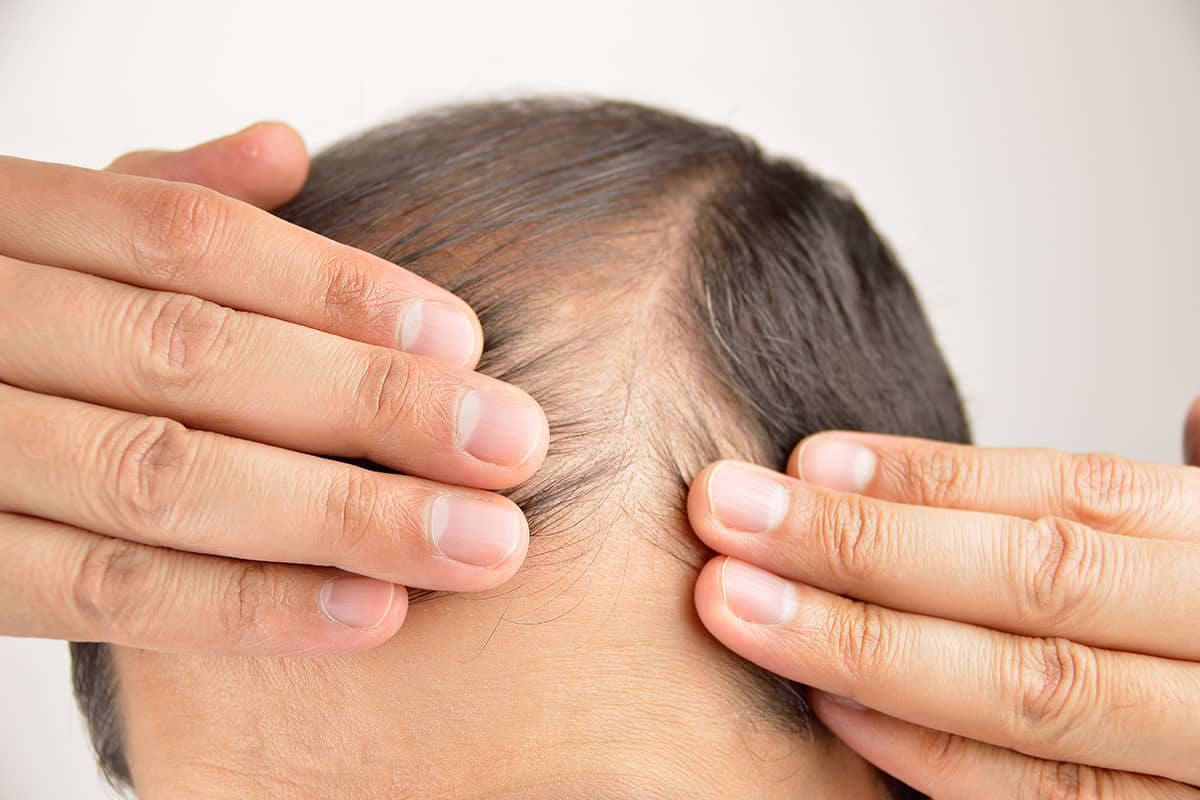
As previously explained, a combination of hair restoration treatments may be prescribed. While LLLT and PRP hair restoration can improve hair health, these nonsurgical procedures will not benefit a patient who has lost all follicle activity. In the case of inactivity, FUT or FUE are better treatment options. Dr. Rubinstein has teamed up with some of the leading hair transplant surgeons right here in the Hudson Valley.
Why Choose
Dr. Rubinstein
- Dr. Rubinstein is one of the top facial plastic surgeons in New York & New Jersey.
- He is double board certified by the American Board of Facial Plastic Surgery and the American Board of Otolaryngology-Head and Neck Surgery.
- Dr. Rubinstein has been in both private and academic practice for over 20 years.
- He is also an active member of the American Society for Laser Medicine & Surgery.
- Clinical Professor at New York Presbyterian Hospital.

